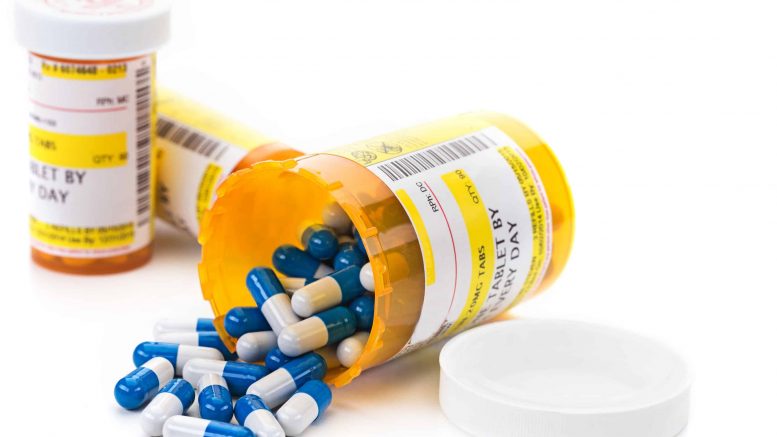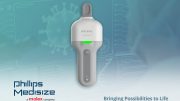ePrescribing is transforming the way healthcare facilities are delivered today. It is also playing a significant role in the United States’ attempts to amplify the quality and safety of the prescribing process.
A study conducted by the Everett Clinic in partnership with the University of Washington’s School of Pharmacy found that e-prescriptions improved patient safety by reducing potential medication errors and avoiding adverse drug reactions. Researchers evaluated more than 5,000 prescriptions written before an electronic order entry system was implemented at the Clinic and 5,000 more after e-prescribing was put into place.
In this piece, we will be looking at a few ways e-prescriptions can improve patient safety and streamline physician workflows in a healthcare setting for better outcomes.
1) Increasing Clinician Productivity
Writing down prescriptions manually can be both tedious and exhausting, as these prescriptions usually need to be drawn up and authorized individually. With e-prescription systems, clinicians can automatically refill tens and hundreds of RXs at the same time, allowing more time to review them. This can both minimize the prescription error rate and increase efficiency.
With e-prescription systems, clinicians also can swiftly permit an emergency refill in case a patient loses access to their medication. Ee-prescription systems furnish frequent alerts about duplicate therapies, which can aid doctors avoid prescribing numerous treatments for the same medical indication.
An e-prescription system can also be integrated with a medical transcription service that will take care of HIPAA compliance and documentation at the same time. This will further rid clinicians of all paperwork and data entry related tasks, thereby increasing their productivity.
2) Lowering Medication Costs
According to recent research conducted by Surescripts, ePrescribing is linked to an increase in healthcare savings of around $140 to $240 billion and improved health outcomes over a span of the next ten years.
Physicians in the study who embraced ePrescribing wrote out close to 40% of their prescriptions electronically. This led to a 10% increase in patient first-fill medication adherence, which translates to reduced risk of hospitalization and fewer doctor visits. When taking into consideration this 60/40 ratio of paper-to-electronic prescriptions, the said study exhibited that prescription delivery rates rise to 81.8%, and 76.5% get picked up.
This is extremely uplifting, given the fact that many prescriptions never even make it to a pharmacy counter. Surescripts lead researcher Seth Joseph said this number could be as high as 22% to 28%, based on a Journal of General Internal Medicine study.
3) Increasing Patient Medication Adherence
When compared to manual prescriptions, e-prescriptions are exceptionally comprehensible in terms of dosage and treatment. They also require less interpretation on the part of the pharmacist. This can considerably reduce medication errors. ePrescribing can also help ensure patients have the exact information about how a particular drug should be taken.
Increased adherence to medication therapies can deliver better health outcomes and reduce costs too. As demonstrated by the Surescripts’ study mentioned earlier, a 10% increase was noticed in prescriptions picked up when e-prescribed compared to written scripts.
In addition to greater medication adherence, ePrescribing can reduce the peril of an incorrect dosage, which can easily waste time or even cause harm to a patient in a worst-case scenario.
4) Augmenting the Outcomes of Electronic Health Records
In the United States, more than 4.5 million visits to physicians’ offices and emergency rooms (ERs) are caused by avoidable adverse drug events (ADEs) each year. These ADEs happen because of allergies, interactions with other drugs or treatments, and other factors — like chronic use of specific medications and high drug dosages.
The majority e-prescription systems are planned in a way that they integrate with electronic health records (EHRs) that collect information about patients’ past and current medical history, including allergies. These EHR systems can alert clinicians if a prescription may interact with another treatment or prevent them from prescribing a medication that a patient would be allergic to.
Therefore, it can be safely assumed that when used alongside an ePrescribing system, EHR outcomes get augmented further.
5) Enhancing the easy Exchange of Patient Prescription Information
The Centers for Medicare and Medicaid Services estimates that prescription drug expenditure in the United States came to some $358.7 billion in 2020, up from $345.7 billion in 2019.
With this growth in expenditure on prescribing of pharmaceutical drugs, e-prescribing is expected to magnify the exchange of patient prescription information among many organizations including pharmacies in retail settings, physician offices, prescription benefit management companies, and insurance providers.
E-prescribing has also helped to involve patients in the prescription process by automatically sending text messages, emails, or voicemails to the patients confirming their order and pharmacy of choice; pharmacies can then notify patients by the same pathways when a prescription is ready.
Due to all these reasons, it can be rightly said that ePrescribing has greatly enhanced the easy exchange of patient prescription information.
About the Author:
Ben Walker is the CEO of Transcription Outsourcing that provides transcription services for the academic, medical, legal, law enforcement, and financial industries globally. A resident of Denver, Colorado, Ben enjoys tennis, hiking and watching college football. Also, he loves to help companies grow and has made relevant contributions to publications like Entrepreneur Magazine, Inc, Forbes, and the Associated Press.





